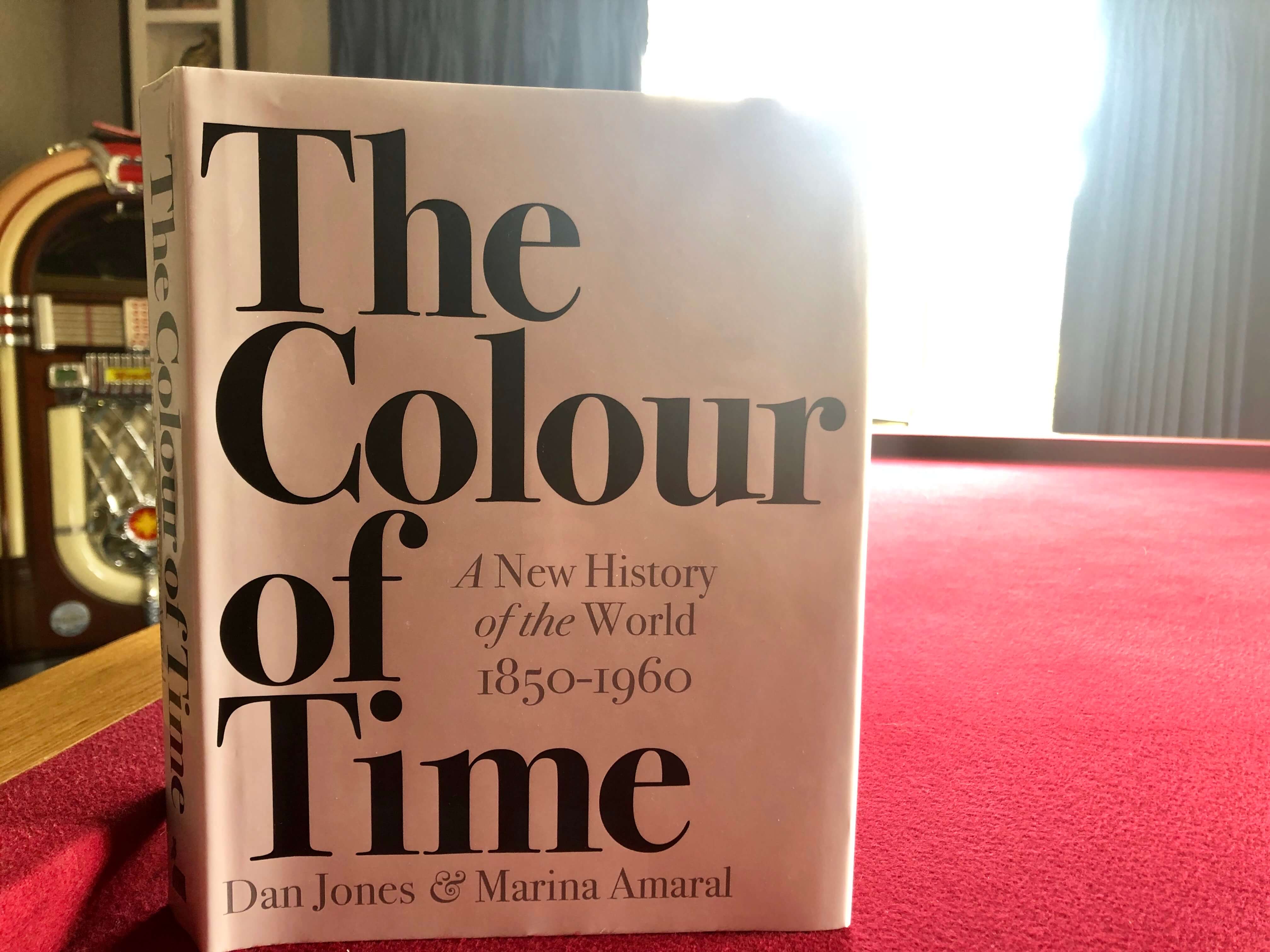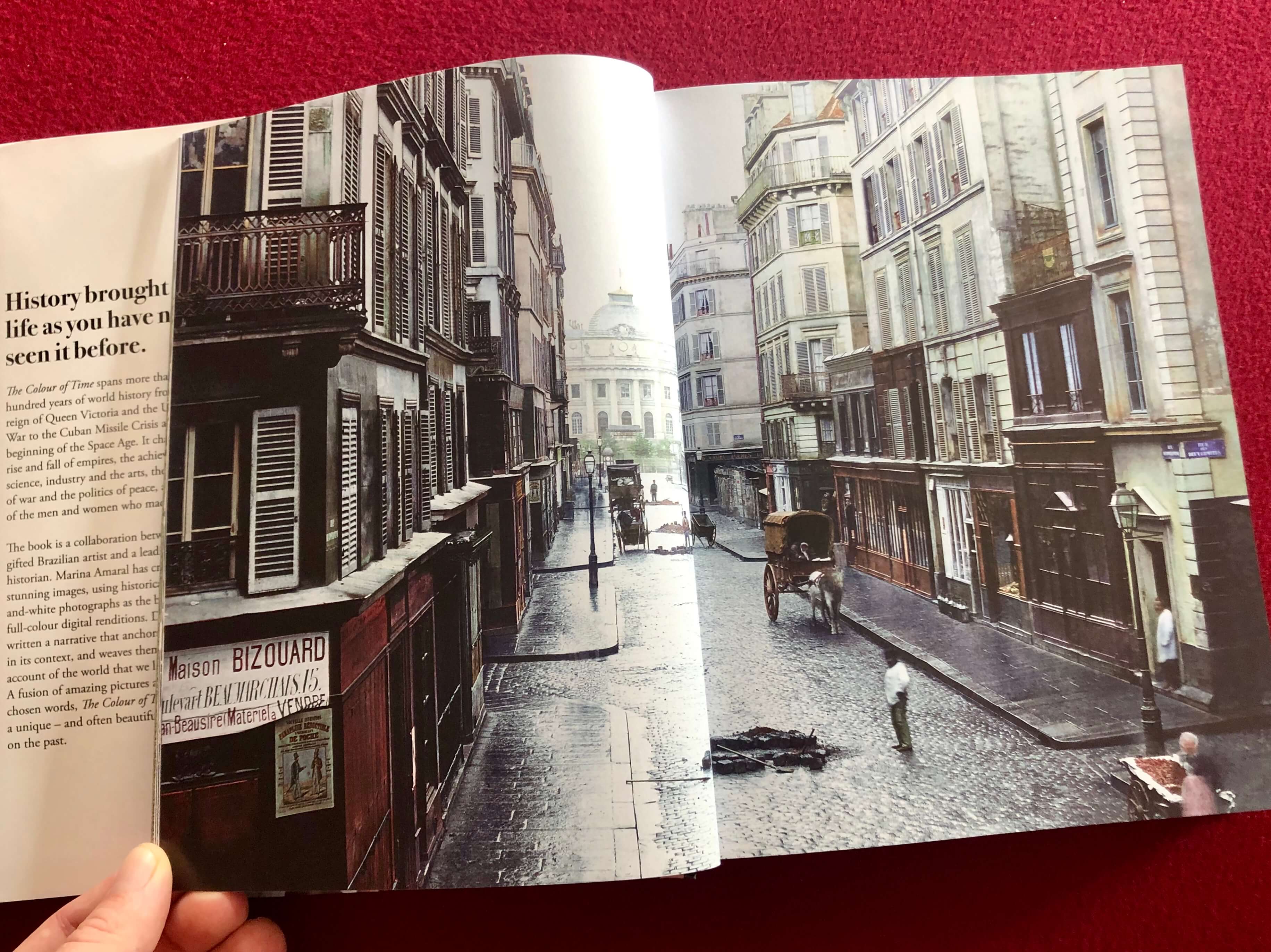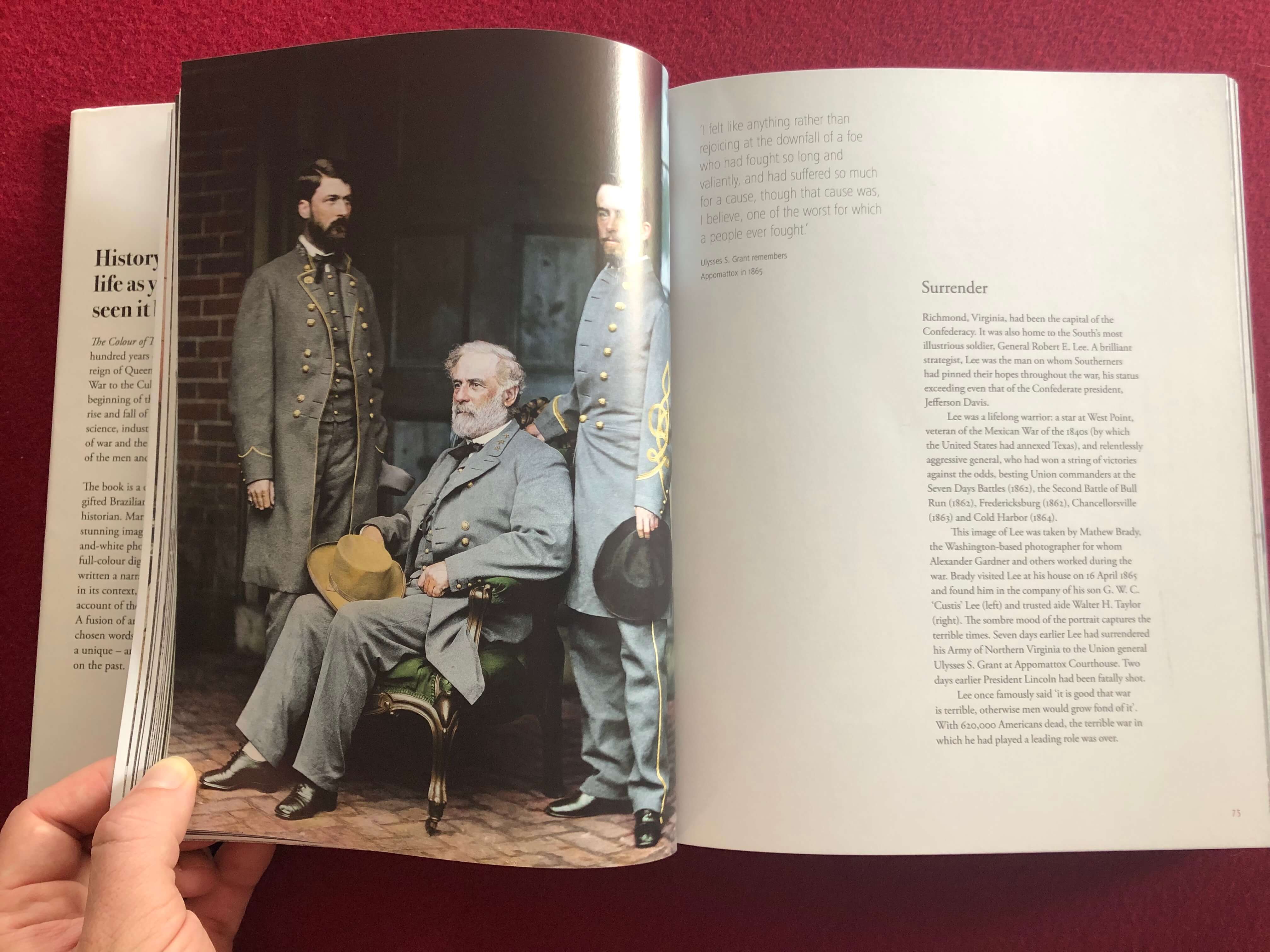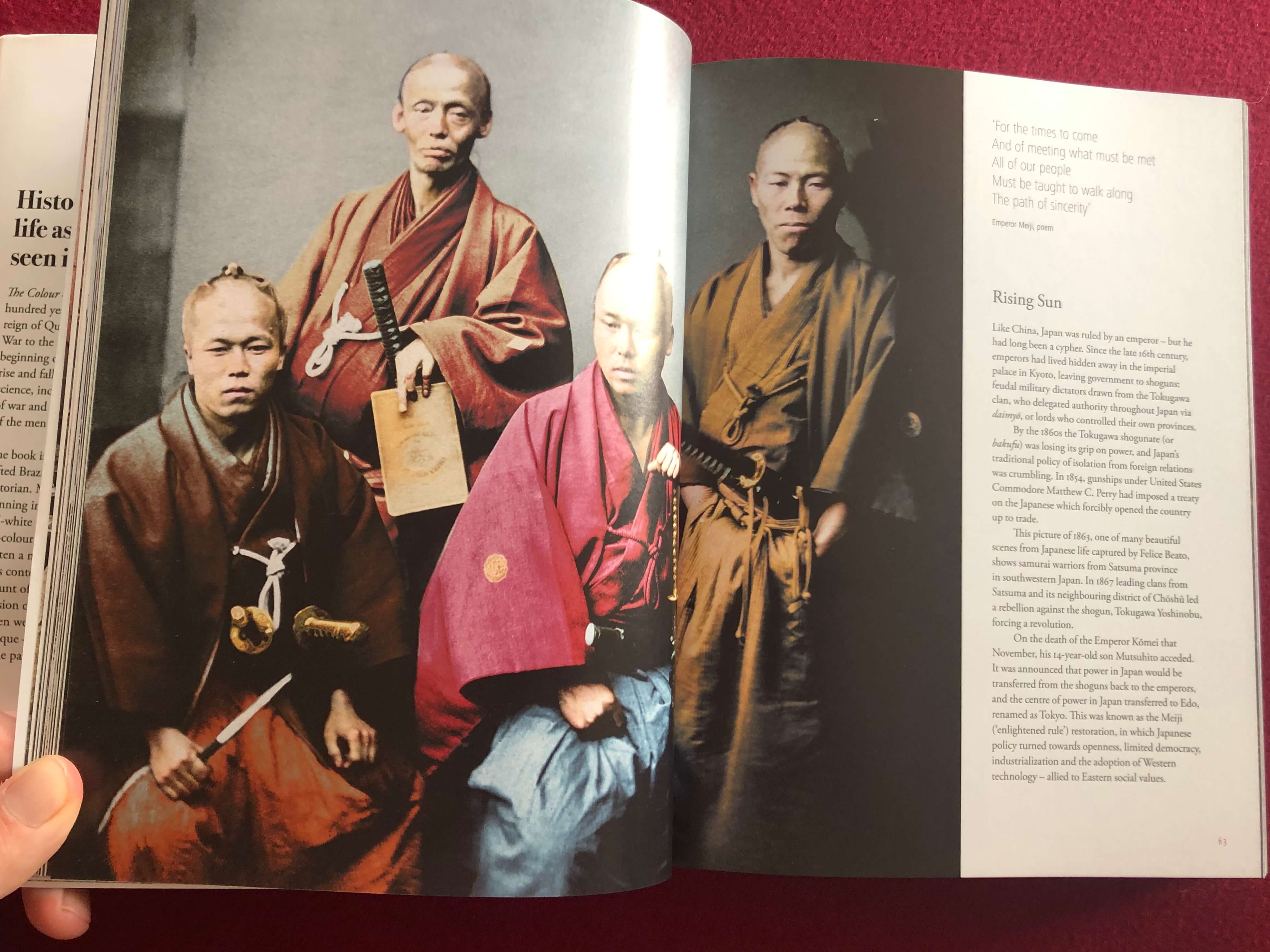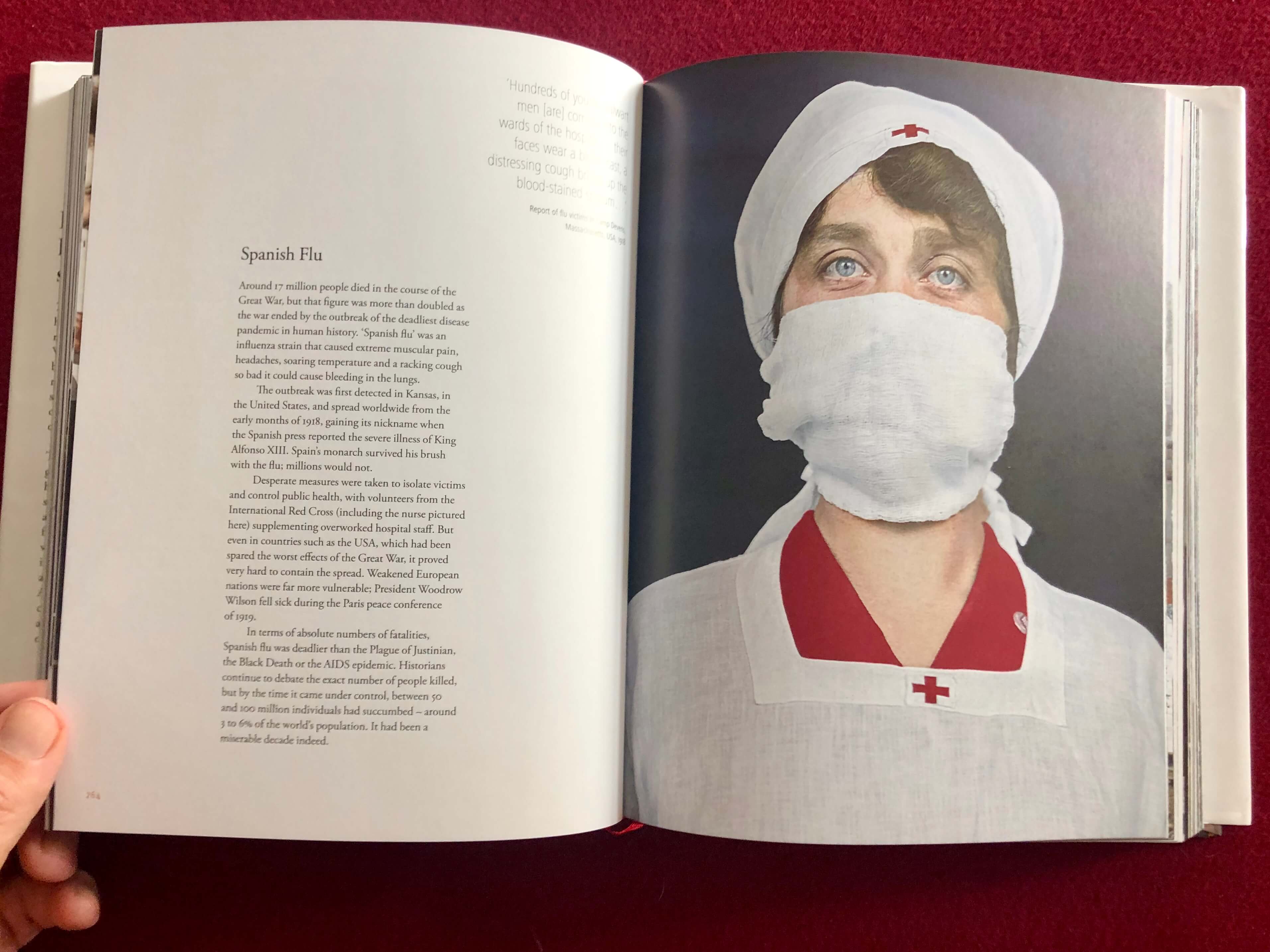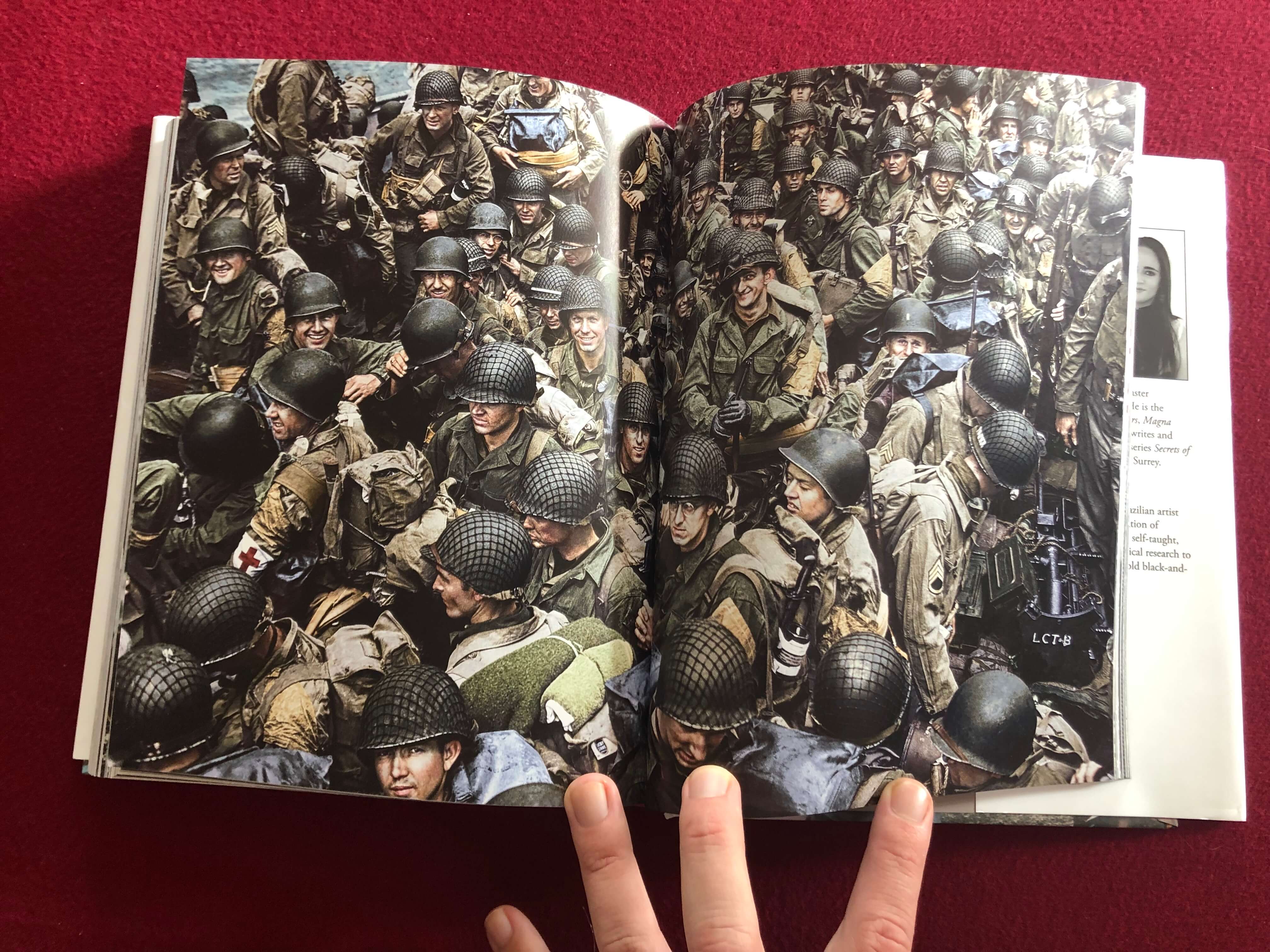I learnt more about history in one evening spent with The Colour of Time than years of history class at school.
THIS is how you teach history. Every history classroom in every school, and every home library, should have a copy of this gorgeous, luxurious new history of the world.
Marina Amaral and Dan Jones muse in the introduction to this beautiful book that the history of the world, having been represented in black and white for a century since the popularisation of the Daguerreotype, has always been seen, in the words of St. Paul, ‘through a glass, darkly’. And their book is ‘an attempt to restore brilliance to a desaturated world.’
I can confirm, having spent many nights captivated, both alone and in the company of friends and family, that their attempt has been a stunning success.
This success was evident the moment I opened the book for the first time and saw the photo of an 1850s Parisian street, the Rue de Constantine, come alive in colour.
The street popped out at me in a way that immediately brought the past into the present. You see those rain-slicked cobbles and suddenly you understand – people, just like you and me, walked down these streets! They sauntered, ambled, rushed for work, had lovers’ quarrels, and lived their lives in these streets!
The Colour of Time: A New History of the World (1850-1960) Book Review
When you see photos in black and white, the life, the verve, the blood is stripped from them.
It’s only when you experience the artisan, hand-crafted elegance of Marina Amaral’s photos that you realise what you’ve been missing.
And, yes, I say hand-crafted! Because, as Jones and Amaral point out in the introduction:
every single part of the picture is coloured by hand. There’s nothing algorithmic in the process.
Just one photo can take a month to colourise, and The Colour of Time is the product of a two-year-long painstaking labour of love.
And you can really feel the love that this pair have for the art of curation, colourisation, and history in every page of this book.
What does a two-year collaboration process resulting in the most exhilarating non-fiction book I’ve read in years look like?
Like this:
Conscience dictates that before you sit down to colourise a historical photograph, you must do your homework. A portrait of a soldier, say, will contain uniforms, medals, ribbons, patches, vehicles, skin, eye and hair colours. Where possible, each detail must be verified: traced via other visual or written sources. There is no way of knowing the original hues just by looking at the different shades of grey. The only course of action is the one familiar to every historian, whatever their speciality: dig, dig, dig. (Dan Jones & Marina Amaral, The Colour of Time)
And dig they did!
The art at play in The Colour of Time is not just the colouring itself, not just the wonderful commentary (which is beautifully split between perfectly chosen quotation and block of well-crafted historical grounding), but in the curation.
Curation is one of the fine arts and Amaral and Jones are masters of it.
For The Colour of Time alone they sifted through 10,000 photographs, agonising that they could only chose 200.
I don’t know what relics of history they left on the cutting room floor, but I have every faith that they chose the choicest cuts of historical meat.
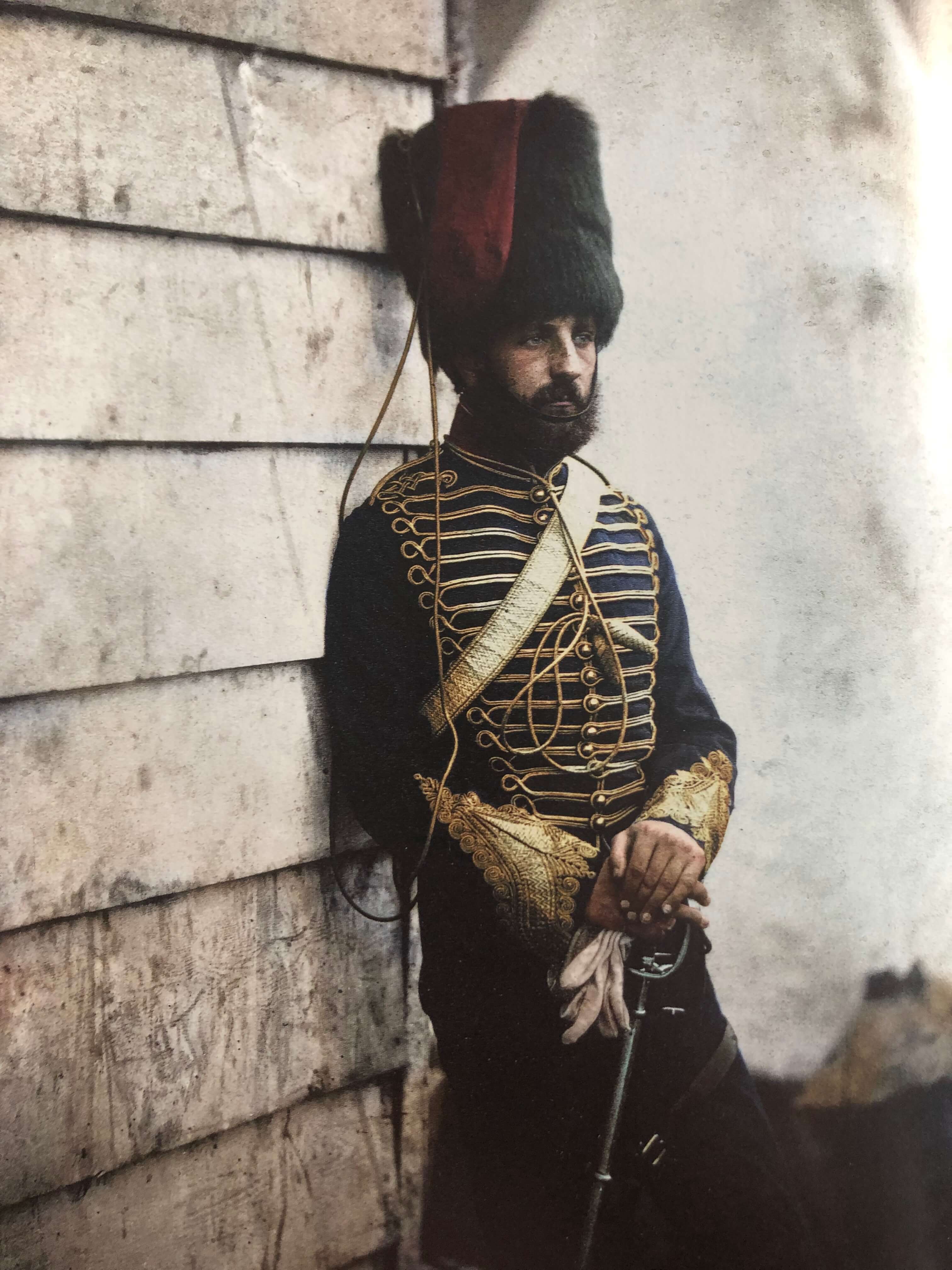 As this project was a hardcore exercise in the art of curation, you’ll see that Amaral and Jones had to become masters of synecdoche and sequencing.
As this project was a hardcore exercise in the art of curation, you’ll see that Amaral and Jones had to become masters of synecdoche and sequencing.
Synecdoche is the craft of metaphor where one thing, in this case an image, stands in for a much larger thing.
You’ll see synecdoche done with remarkable insight and the kind of instinct only well-versed historians in love with history can muster.
You’ll see the art of metaphor, for example, in the picture of one soldier representing the entirety of the Crimean War.
Sequencing is the craft of knowing which image should come after another image.
How can one create a vast narrative that encompasses the unfathomable sweep of human history from the order in which they present their photos?
The Colour of Time is a masterclass in exactly that.
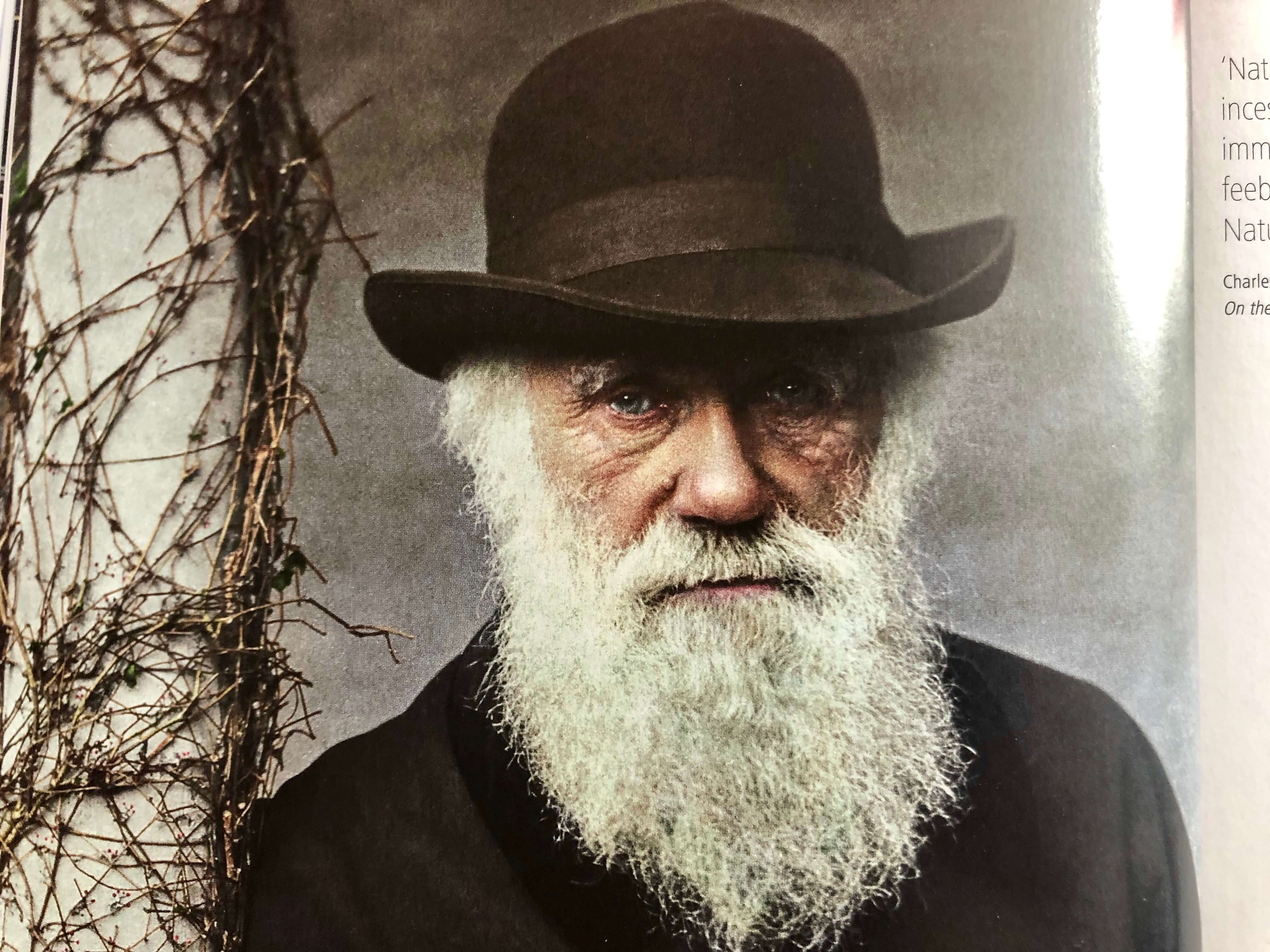 Placing that blue-eyed soulful portrait of Charles Darwin directly after the photograph of the first hippopotamus in Britain since Roman times is a stroke of sequencing genius.
Placing that blue-eyed soulful portrait of Charles Darwin directly after the photograph of the first hippopotamus in Britain since Roman times is a stroke of sequencing genius.
Choosing to place a photograph of Chinese, freshly fled from the Qing Dynasty, and white miners side-by-side in 1850s California just two pages after a shot establishing the carnage of the Opium Wars is another stroke of genius.
Though the commentary is rendered in the most crystalline prose I’ve read in a long time, sequencing like this is evocative enough on its own.
We see how everything fits together in a grand narrative of injustice and turmoil.
History is bloody and brutish. And the British past is particularly dark.
Another particularly evocative juxtaposition is that of a photo from Gettysburg, showing a battlefield littered with freshly fallen corpses, with the very next page showing General Robert E. Lee post-surrender.
Those eyes… In full colour!
Like the eyes of Darwin, Twain, Marx, Lincoln, and Franz Ferdinand, which tell their entire personal history with a sparkle.
How did we ever view history without colour?
The colouring eyes adds eminent humanity and depth of soul.
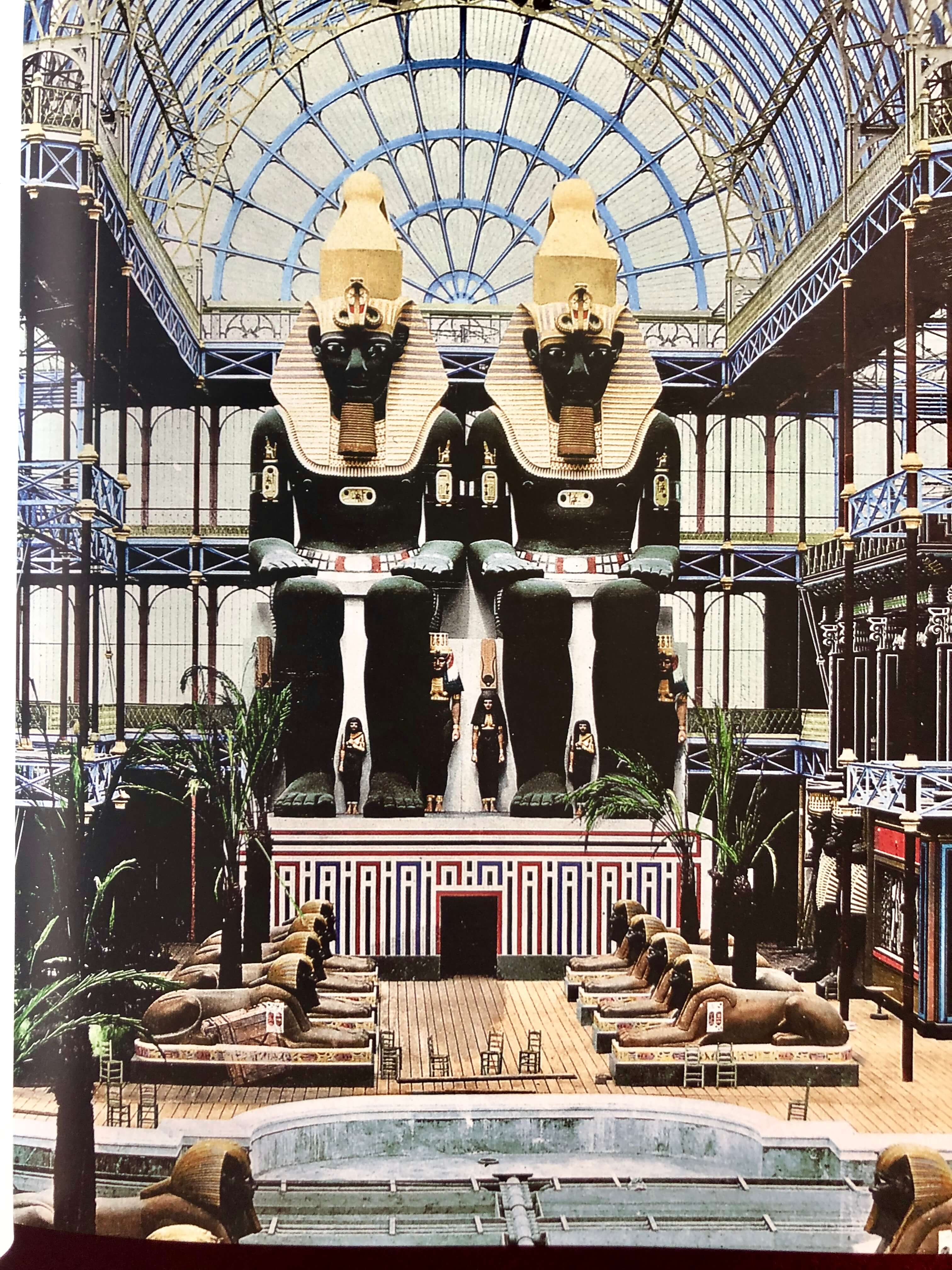 In black and white you could pass these photos up, but colour locks you in.
In black and white you could pass these photos up, but colour locks you in.
It’s like these great figures are saying the quote chosen to represent his life’s work.
Not just the people, but the places photographed are meaningless without colour.
Colour brings the grandiosity and magnificence of Crystal Palace into focus.
Colour brings the startling injustice of the negro auction house into the present day.
Colour takes hold of the ghosts of the past, the ones who stood long enough to secure their posterity, everywhere from Constantinople to the Warsaw Ghetto, and captures them in eternity.
Poetry is brought to life in this book.
You see the canon-strewn grounds that compelled Tennyson to pen The Charge of the Light Brigade.
You can almost hear Tolstoy regaling his grand-children with stories.
You can imagine the stage presence of Bernhardt.
Coloured lines in these faces tell a story that is beyond words.
In The Colour of Time, samurai warriors and Russian serfs sit side-by-side, thanks to artful curation, both resplendent in full colour, both given equal weight and dignity.
Every image is a rich story. You could easily watch a 3-hour biopic on all these people.
You’ll have your favourite photos, I have mine.
Just some of the magical photos for me include Cixi, the Last Empress of China, Elizabeth II delivering her first Christmas broadcast, the seductive erotic dancer Mata Hari, Queen Min from Korea’s King Gojong (or is it a mistress disguised as the Queen in order to fool would-be assassins?), Lili’uokalani, the cantinière women travelling with the serving soldiers of Napoleon III’s army, the last queen of Hawaii, and a blue-eyed nurse during the heights of the Spanish Flu.
You’ll notice my favourites are all women.
This isn’t surprising as The Colour of Time achieves an extraordinary feat:
The Colour of Time is the history of women, not just men.
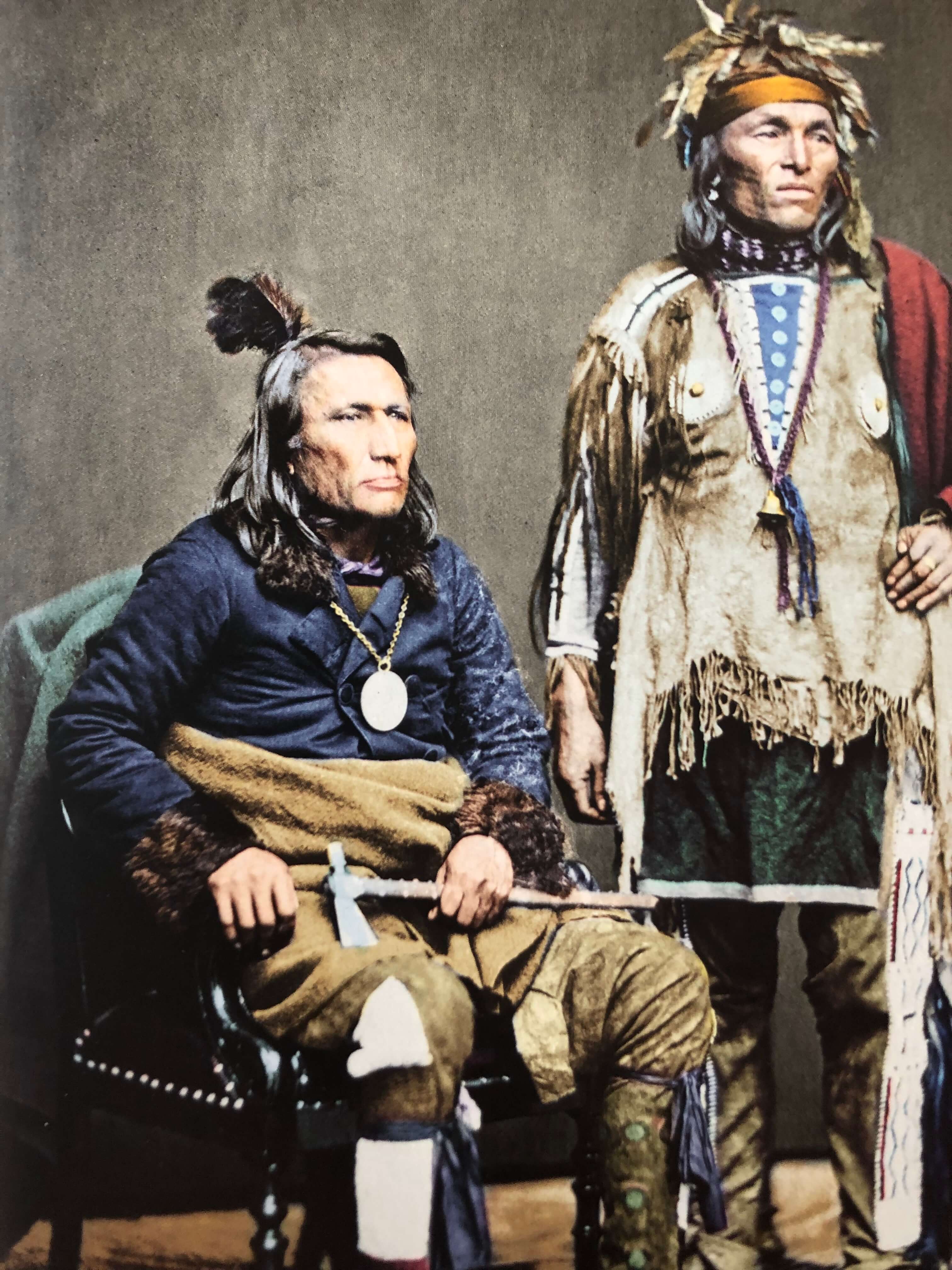 Women take an equal weight between these covers and it is the women that most interested me as they are often neglected in many history books.
Women take an equal weight between these covers and it is the women that most interested me as they are often neglected in many history books.
I’m also hopelessly enamoured with the photo of Indian tribe members, the portrait of Sitting Bull, the photo of the Aboriginal tribesman, and the freed slave women.
History details the injustices against against these people, but colour restores their regality and pays them respect.
They are dignified in colour.
The photograph of the Wright brothers flying one of their first prototype aeroplanes, the photo of the Lumière Brothers huddled over their Cinematograph perhaps mulling over their first film, and the photo of the US 4th Infantry Division crammed into a boat on D-Day all make something visceral swell within my chest.
I feel a time-transcending feeling of perseverance, connection, and influence.
If only we were alive back then…
If only THEY were alive NOW.
I could talk about The Colour of Time until the end of time.
But, as the book has brought the awareness my own mortality into startling focus, I will simply implore you to gift yourself a copy of this decadent love letter to history.
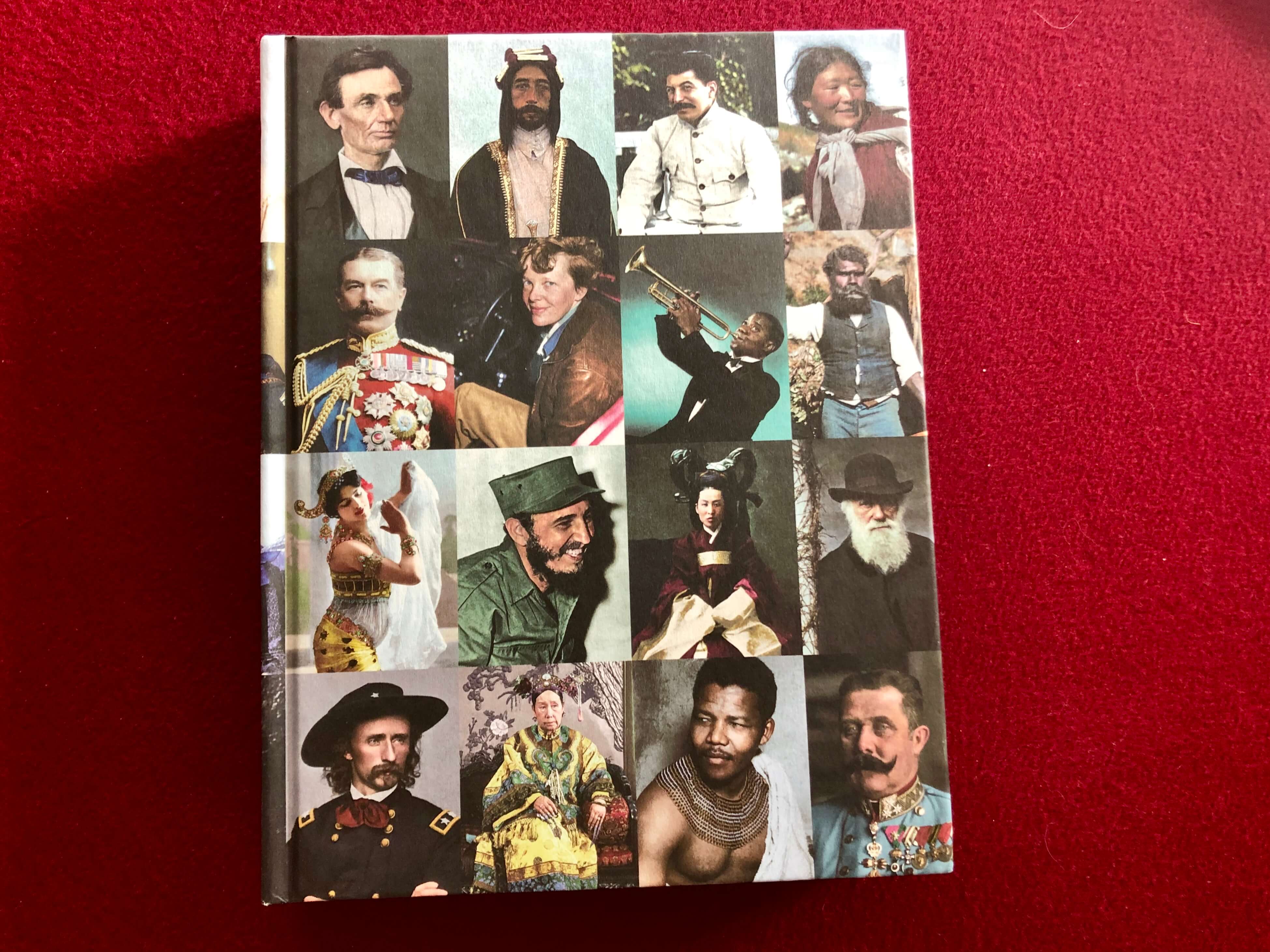 Who is The Colour of Time for?
Who is The Colour of Time for?
The Colour of Time is for anyone who binge-watches The World at War in Colour and binge-listens to Dan Carlin’s Hardcore History, for anyone who loves books that lead to endless conversation over wine and nibbles, for any fans of art, history, and art history, for any fans of biography and those who love a good story, for anyone who has marvelled at the work of colour restoration like that of the Criterion Collection, and for curious children of all ages.
Treat yourself to The Colour of Time today.
Then let me know your favourite photograph.
Or better yet, let the authors know your favourites. Marina and Dan are active on Twitter (that’s how I discovered The Colour of Time) and I’m sure would appreciate hearing what photos enraptured you the most.
